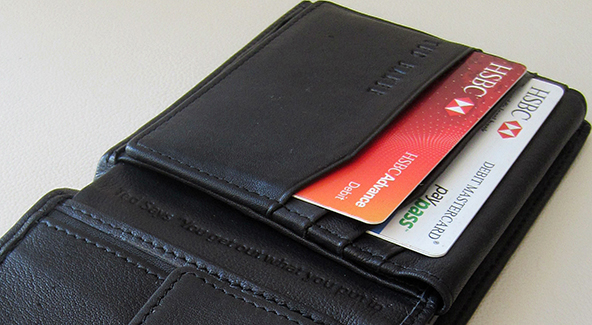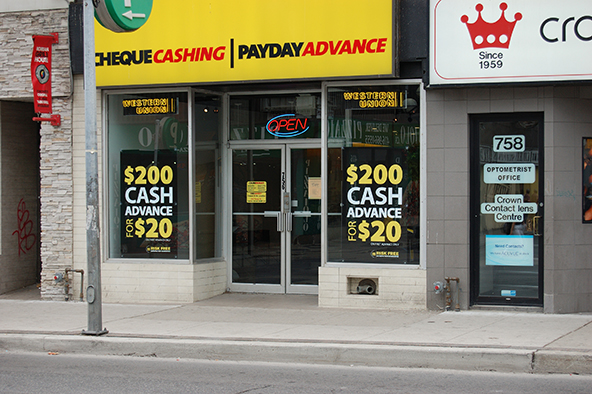How to Manage Chargeback Reason Code 57

Chargebacks always require immediate action, first to resolve the case at issue, then to identify what caused it and, if anything can be done to help prevent it from reoccurring, to implement it. Not all chargebacks are created equal, though, and for some the diagnostic and preventive stages are far more important than for others.
A case in point is Reason Code 57, which designates chargebacks where the cardholder disputes one or more of multiple transactions she has participated in at a particular merchant. This type of chargeback is often associated with merchant fraud, so you should take it much more seriously than other chargebacks and do your best to establish whether or not anyone at your organization has done something unlawful. Of course, you should keep in mind that just as likely the cause may be an honest error, which may still require some sort of a corrective action, but of a different kind.
In this article I will review the circumstances under which Reason Code 57 chargebacks can be initiated, examine the possible causes and suggest actions you can take to prevent them from occurring or manage them when prevention fails.
What Is Reason Code 57
Chargeback Reason Code 57 is initiated when the cardholder files a claim with her issuer, acknowledging that she participated in at least one transaction at a given merchant, but disputing participation in the remaining transactions, for which her card is charged.
For this reason code to be used, the cardholder must also state that the card was in her possession at the time the disputed transactions took place. Otherwise, the chargeback would fall into one of the fraud categories.
What Causes Reason Code 57
The two typical causes for Reason Code 57 are that the merchant either:
- Failed to void multiple transactions or
- Processed transactions fraudulently.
A distinctive characteristic of Reason Code 57 is that it can only be used by the issuer for face-to-face transactions. It does not apply to mail order, telephone order (MO / TO) or e-commerce card processing.
How to Respond to Reason Code 57
As I stated above, important as discovering what caused the chargeback is, you should first address the consequences. Your actions in response to a Reason Code 57 chargeback will be dependent on the particular circumstances, the most typical of which are listed in the table below:
|
If: |
Then: |
| You have processed the appropriate credit to your customer’s card account. | Inform your processor and provide evidence of the credit (a credit receipt would do). |
| The transaction was cancelled, but credit has not yet been issued. | Accept the chargeback, but do not process a credit, as the chargeback has already done that. |
| The customer did participate in more than one valid transaction. | Provide your processor with appropriate documentation to prove it, such as transaction receipts, invoices, etc. |
| Credit has not yet been processed on the disputed transaction. | Accept the chargeback, but do not process the credit now, as the chargeback has already done this. |
How to Prevent Reason Code 57
You should be doing it as a matter of course anyway, but it is even more important to investigate all potentially fraudulent transactions when you receive a Reason Code 57 chargeback. As a potential indicator of fraud occurring at the point of sale, this type of chargeback could have serious implications for your organization. If fraud is indeed confirmed, you should immediately notify your processor and the appropriate authorities. Bear in mind that this could very likely be a criminal offense.
If, on the other hand, it turns out that the chargeback is the result of an error by a staff member, provide the necessary training and ensure that everyone at the point of sale is well prepared to void transactions when necessary. You should be organizing refresher courses on credit card processing procedures at least once a year.
The Takeaway
It is very important that you fully understand all contract provisions in your merchant agreement that spell out your liability for fraudulent transactions. Needless to say, you should try to keep it to a minimum, although such clauses are typically non-negotiable.
What you also may want to consider is setting up a procedure for the automatic review of all transactions processed on a single card account for a given time period. The length of this period should be determined based on your repeated customers’ typical shopping pattern, which varies by industry. For example, a coffee shop’s review period should be a day (in other words, review all multiple transactions processed for a given day), as your typical customer is likely to shop daily. A gas station‘s review period, on the other hand, should be at set for no fewer than two days.
Image credit: Flickr / 401(K) 2013.

